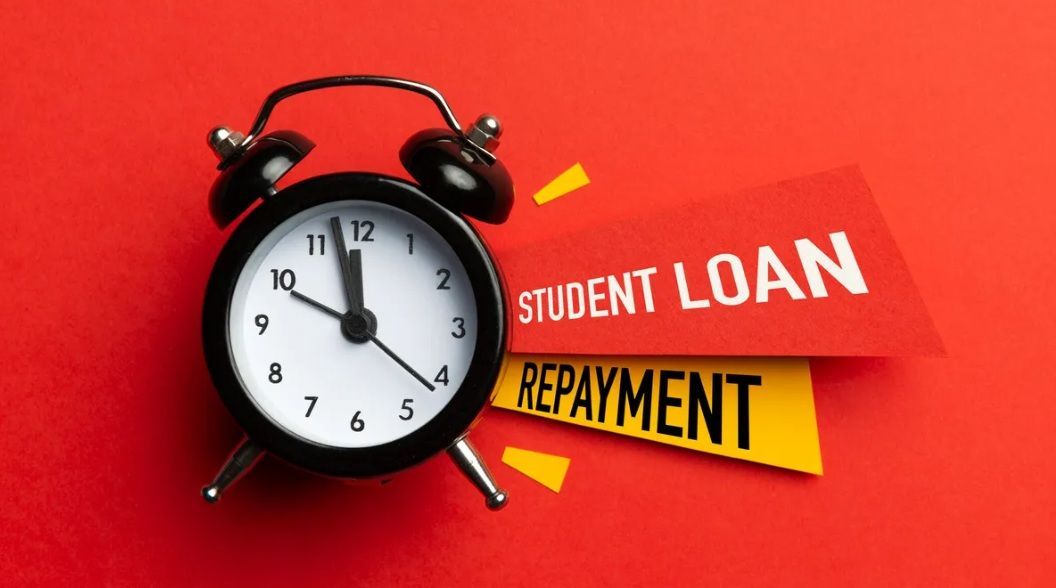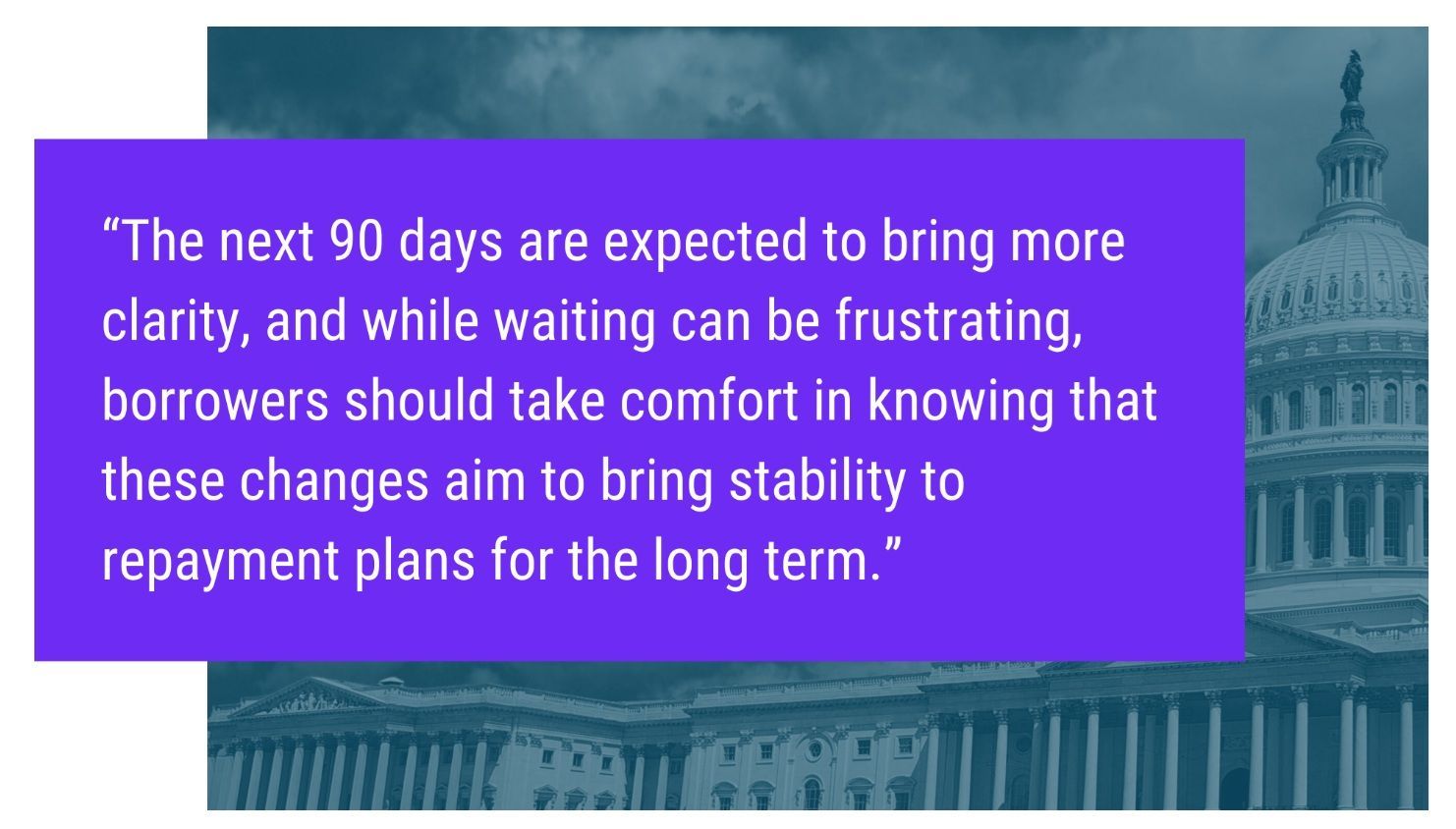Equal Housing Lender
Questions answered about student loan repayment plans, default and more.

Questions below were asked by loan originator colleagues and answered by Melissa Maguire, student loan consultant with Student Debt Solutions.
- Are Income-Driven Repayment (IDR) plans gone?
No, IDR plans are not gone; they are currently on pause. The pause is primarily due to ongoing litigation regarding the SAVE plan. If SAVE is removed, prior IDR options will likely be reinstated under existing law.
- Can federal student loan borrowers use SDS to determine if they qualify for a lower payment, even if it’s not income-driven?
Yes, borrowers can explore multiple repayment strategies through SDS. Options such as consolidation, graduated repayment, and extended repayment plans may offer lower monthly payments. Given the uncertainty surrounding SAVE, borrowers should proactively review all available repayment alternatives.
- If a client is in forbearance under plans like SAVE or PAYE, can they explore other repayment options through SDS? Will they need to start making payments once a new plan is in place? Could the new payments be lower than the 1% balance calculation used in mortgage applications?
Borrowers in forbearance under SAVE or PAYE should review alternative repayment options. While new applications for IDR plans like IBR are currently blocked, borrowers may still explore other options to exit forbearance. Transitioning to an eligible repayment plan could lower the amount counted in the mortgage qualification process, potentially reducing the 1% balance calculation.
- If a client is struggling financially and cannot afford even the lowest repayment amount, should they consider default resolution?
If a borrower cannot afford any repayment plan, they may explore deferment or forbearance as temporary solutions. Default resolution is only applicable for borrowers already in default—meaning they are more than 270 days past due and their loans have been referred to collections.
- Do federal student loans in default get reported to the Credit Alert Verification Reporting System (CAIVRS), that can prevent a borrower from obtaining an FHA, VA, or USDA mortgage?
Yes, federal student loans in default are typically reported to CAIVRS. This can prevent borrowers from obtaining government-backed mortgages, such as FHA, VA, or USDA loans, until the default is resolved.
- How many federal student loans are currently in forbearance?
Data on federal student loans can be referenced from Data.gov, though the latest dataset has not been updated since 2021. Historically, about 20% of federal student loans are in some form of deferment or forbearance. However, due to the pause on SAVE, this number is currently estimated to be closer to 40% or more.
- If a borrower is applying for a new repayment plan as their forbearance ends, should they continue making payments in the meantime?
Yes, borrowers should continue making payments if required, as the repayment plan application process can take 30–60 days. SDS advises borrowers to contact their servicer and request an Administrative Forbearance while their new repayment plan is being processed.
- Can a borrower in default enroll in a repayment plan that includes forgiveness or an income-driven option?
Yes, but they must first resolve the default. Once they exit default—typically through rehabilitation or consolidation—they can then apply for an IDR plan or other repayment options, including those that offer loan forgiveness. SDS provides guidance on both default resolution and post-default repayment planning.
- What is the difference between an IDR and an IBR plan?
- IDR (Income-Driven Repayment) is a broad category that includes all repayment plans based on income.
- IBR (Income-Based Repayment) is a specific type of IDR plan, which includes both the original IBR and the New IBR plan. Other IDR plans include Income-Contingent Repayment (ICR), Pay As You Earn (PAYE), and Revised Pay As You Earn (REPAYE/SAVE). Each plan has different eligibility criteria, discretionary income calculations, and interest subsidy structures.
- If a borrower is not yet 270 days past due, are they still eligible to apply for a repayment plan, or do collection rules apply?
Collection actions do not begin until a borrower is more than 270 days past due. Before reaching this point, borrowers can still apply for a repayment plan or consolidate their loans to prevent default.





